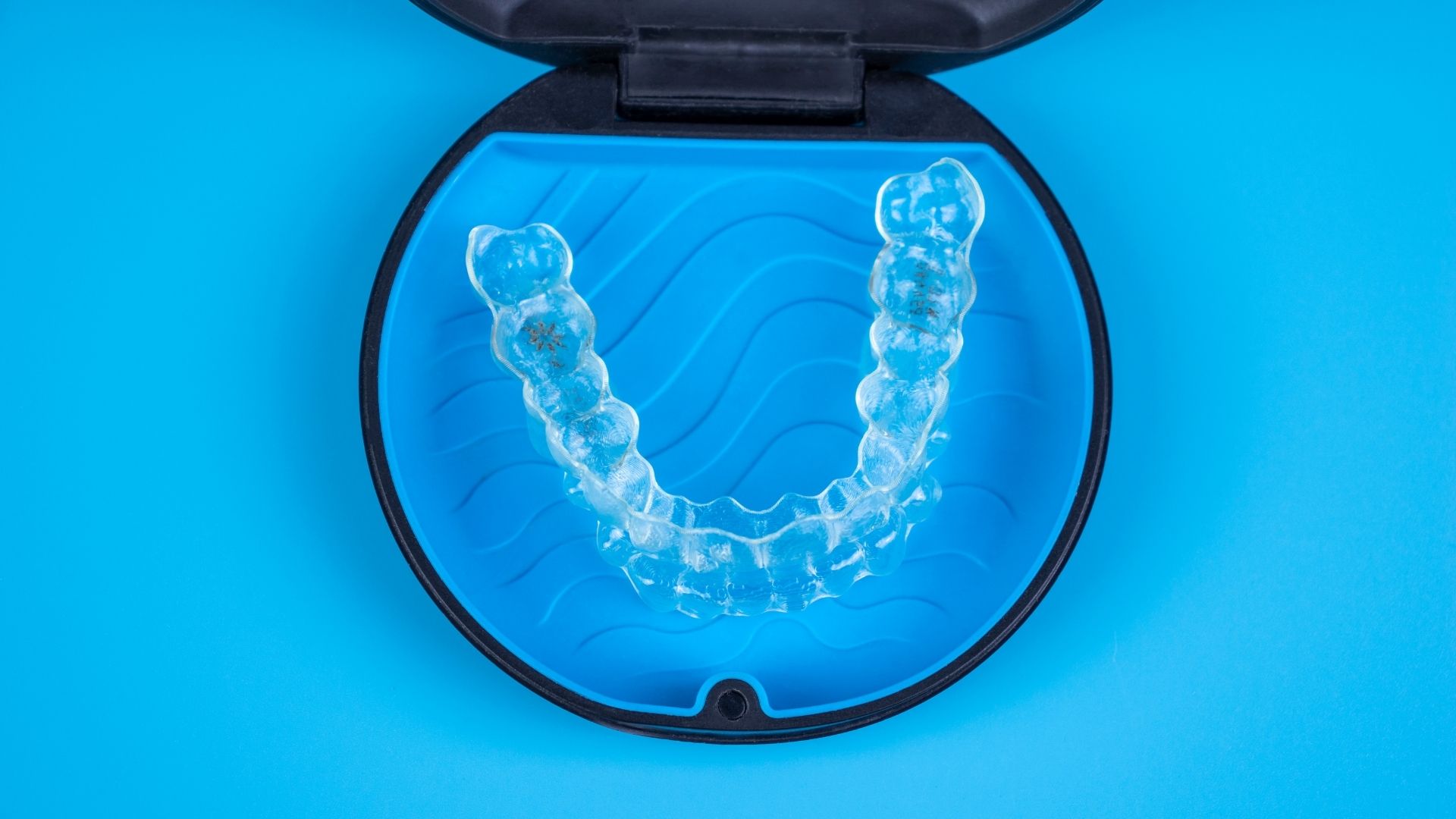
Imagine you’re at a crossroads in your journey towards a perfect smile. On one path, you see the familiar, time-tested traditional braces—metal brackets and wires that many have worn before you. On the other path, there’s Invisalign, the modern, sleek, and almost invisible alternative that promises a more discreet experience. Both paths lead to the same destination: straighter teeth and a healthier smile. But which path will get you there faster? This will Highlight the differences between Invisalign and braces, focusing on which option delivers faster results.
How Do Traditional Braces Work?
Braces gradually shift teeth into correct positions using brackets, wires, and elastics. The process involves multiple stages, each contributing to the total duration of the treatment.
- Metal Brackets: Traditional braces use metal brackets that are carefully bonded to each tooth.
- Connecting Wires: These brackets are connected by thin metal wires, which help guide the teeth into the correct alignment.
- Elastic Bands: Small elastic bands are used to add additional pressure and aid in tooth movement.
- Regular Adjustments: The orthodontist tightens the wires during regular visits, step by step, moving the teeth into the desired position.
Duration and Effectiveness of Braces
- Treatment Duration: Braces are generally worn for 18 months to 3 years, depending on the difficulty of the orthodontic issue.
- Wide Range of Issues: They effectively treat various conditions, such as severe crowding, gaps, and bite problems.
- Continuous Action: Since braces are permanently attached to the teeth, they work continuously throughout the treatment, providing consistent results, which can be particularly advantageous in complex cases.

How Does Invisalign Work?
- Custom-Made Aligners: Invisalign uses a series of clear, custom-made aligners that fit tightly over the teeth, offering a personalized treatment.
- Comfortable and Discreet: Made of smooth, comfortable plastic, these aligners are virtually invisible, making them a discreet option for teeth straightening.
- Progressive Adjustment: Aligners are replaced every one to two weeks, with each new set gradually shifting the teeth closer to their ideal position.
- Daily Wear: For effectiveness, aligners must be worn for at least 22 hours daily but can be removed for eating, drinking, brushing, and flossing.
Duration and Effectiveness of Invisalign
- Treatment Duration: The duration of treatment with Invisalign generally ranges from 6 to 18 months, depending on the complexity of the dental issue.
- Complexity Matters: Invisalign is often the preferred option for mild to moderate misalignment cases due to its effectiveness within this duration.
- Customized Plan: The treatment duration is customized to each individual’s needs, with progress monitored and adjustments made as necessary by the orthodontist.
- Mild to Moderate Cases: Invisalign is recommended for those with less severe alignment issues, offering a quicker and more convenient solution than traditional braces.
Invisalign vs. Braces: Which Works Faster?
When it comes to the speed of treatment, several factors come into play, including the severity of the dental issue, the patient’s compliance with treatment, and the specific goals of the orthodontist. Let’s explain how these factors affect the treatment duration for both Invisalign and braces.
Severity of the Case
- Braces: Traditional braces are often faster for complex cases, such as severe overcrowding, large gaps, or significant bite issues. The continuous pressure applied by the braces can move teeth more effectively in difficult situations.
- Invisalign: For less severe cases, such as minor crowding or spacing issues, Invisalign can provide results in a shorter amount of time. However, Invisalign may take longer or may not be the best option for complex cases.
Compliance with Treatment
- Braces: Since braces are fixed in place, they work around the clock, regardless of the patient’s behavior. This ensures that the treatment progresses consistently, which may result in more rapid outcomes in certain instances.
- Invisalign: The success of Invisalign largely depends on the patient’s compliance. The aligners must be worn for at least 22 hours a day. If the patient frequently removes the aligners or forgets to wear them, treatment time can be significantly prolonged.
Specific Treatment Goals
- Braces: The orthodontist can adjust Braces to exert more force on certain teeth, which can help achieve specific goals faster. For example, if a patient has a severely rotated tooth, braces can often correct this issue more quickly than Invisalign.
- Invisalign: Invisalign aligners are designed based on a digital treatment plan, and while they are highly effective, they may require more time for certain movements, such as rotation or vertical adjustments.
Invisalign vs Braces: Which is Faster for Your Smile?

When comparing Invisalign and traditional braces, both are effective for straightening teeth. Treatment time depends on the complexity of the case and patient compliance. Invisalign often offers quicker results, typically taking 12 to 18 months, with the convenience of changing aligners every 1 to 2 weeks. Removable aligners also improve compliance. The choice between Invisalign and braces depends on individual needs and the recommendations of an orthodontist. Consulting with an expert ensures the best approach to achieving a healthy smile in the shortest time possible.
FAQs
1. How long does Invisalign take compared to braces?
Invisalign typically takes 12 to 18 months, while braces usually require 18 months to 3 years.
2. Are there food restrictions with braces or Invisalign?
Braces require avoiding hard and sticky foods. Invisalign has no restrictions as the aligners are removable.
3. Which is more comfortable: Invisalign or braces?
Invisalign is usually more comfortable, with smooth plastic aligners. Braces may cause some discomfort, especially after adjustments.
4. Can Invisalign handle complex cases?
Invisalign works most excellently for mild to moderate cases. Braces are better for more complex orthodontic issues.
5. How often are orthodontist visits needed?
Braces require visits every 4 to 6 weeks, while Invisalign needs check-ups every 6 to 8 weeks.







